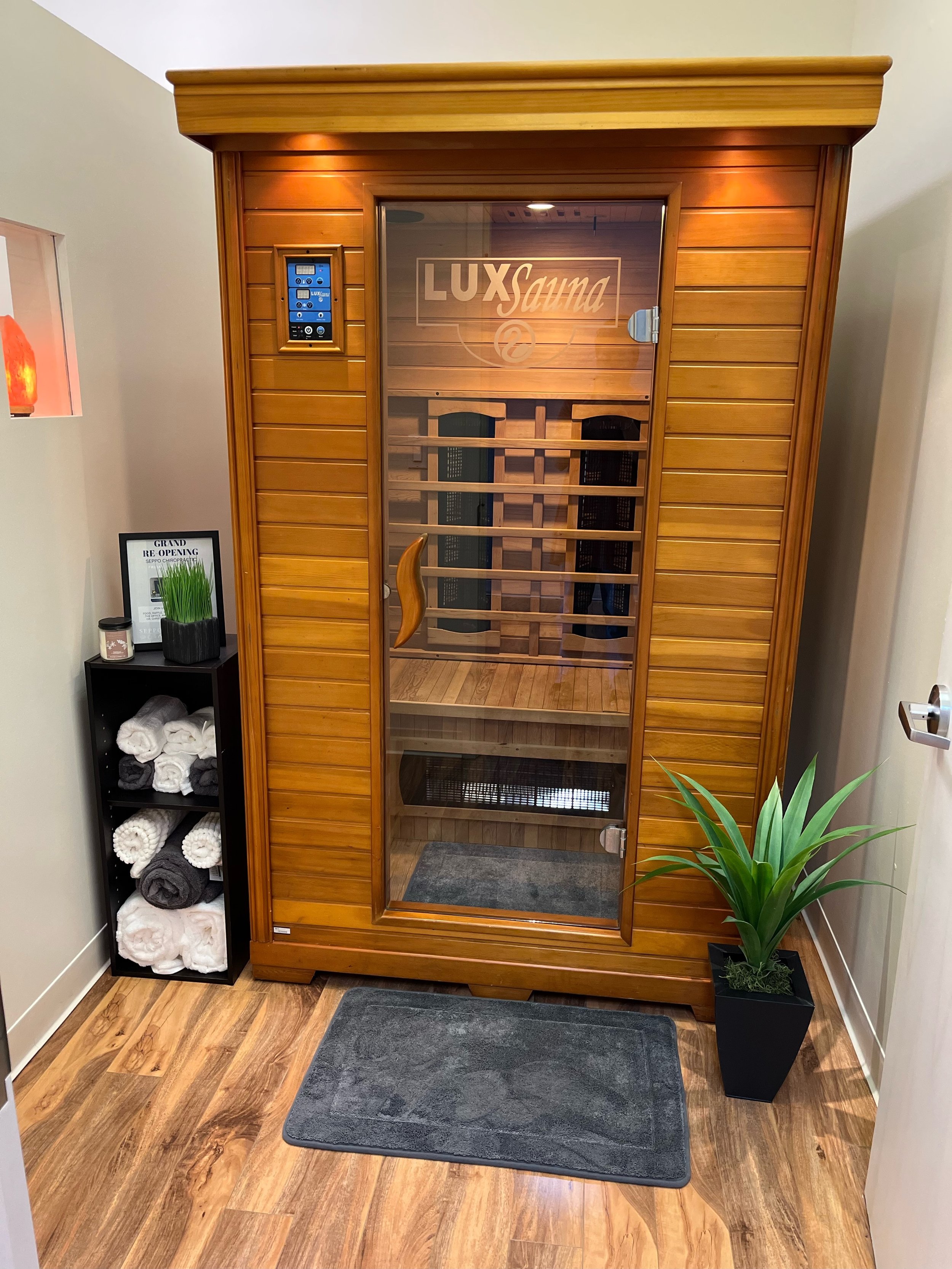What is the McKenzie Method?
The McKenzie method is also known as Mechanical Diagnosis and Therapy (MDT). It is best described as an orthopedic and musculoskeletal pain classification and treatment system that helps clinicians to reliably assess and treat patients in their response to movement. Proper diagnosis is imperative to determine the proper treatment needed for a patient and this modernistic approach is one of most powerful systems in the world for helping doctors to effectively and efficiently understand what the patient truly needs.
At Great Lakes Spine & Sport we see many patients that suffer from mechanical disorders that affect the soft tissues, joints of the extremities, and of the spine on a daily basis. Anything from back pain, neck pain, extremity complaints, issues commonly referred to as sciatica, disc herniations, sacroiliac joint pain, stenosis, arthritis, degenerative disc disease, tennis and golfers elbow, headaches, pinched nerves, patellofemoral tracking syndrome, shoulder impingement, IT band syndrome, TMJ pain, muscle spasms, piriformis syndrome, plantar fasciitis, carpal tunnel syndrome, rotator cuff tear, numbness and tingling in the hands or feet, etc.. If you or anyone you may know is suffering from such issues, then getting properly assessed by a certified MDT based clinician would be an ideal start for you.
MDT was developed by a world-renowned physiotherapist by the name of Robin McKenzie in the 1950s. The method created is one of, if not the most, well-researched, evidence-based approaches of assessment, diagnosis, and treatment to any musculoskeletal condition. MDT implements a comprehensive and clinical reasoned evaluation of patients without the use of expensive diagnostic imaging. The treatment principle of MDT is to promote the body’s natural potential to repair itself and does not involve the use of medications, injections, surgery unless absolutely warranted. This modernistic approach to healthcare allows patients to learn the principles of self-treatment and this empowers them to be in control of their own symptom management, ultimately reducing dependency on clinicians for often long and unnecessary treatment plans, as well as reducing the use of invasive medical interventions.
If this method is utilized correctly by a certified MDT clinician, the following goals of the McKenzie Method can be accomplished in a cost effective and timely manner.
1.) The clinician and patient will be able to accurately understand the patient’s presentation and behavior of their symptoms.
2.) Proper diagnosis and corresponding treatment will be administered to the patient.
3.) The clinician will be able to determine and create the most appropriate and effective treatment plan for the patient moving forward.
4.) The elimination of symptoms as well as the restoration of function and movement(s).
5.) Patient will be educated and empowered to self-treat and prevent future reoccurrences.
6.) The proper determination to help patients if other medical advice or intervention is needed elsewhere.
If you or anyone you know has been diagnosed with a musculoskeletal condition from the list above, or is struggling with pain and have questions about why and what they can do about it contact us at (616) 594-0214. Whether you have had horrible to mediocre experiences with other offices, have been going to care for 3x each week for months on end without much of a change, or if you have been told “there is nothing we can do” and will need to keep coming back to care for life, then you should really consider looking into a MDT based practice such as Great Lakes Spine & Sport. For a patient to get a proper assessment and diagnosis is imperative as it will allow the patient to receive proper and personalized care specific to each individual that will lead to results within a relatively short treatment plan. If you have any further questions as to what MDT is or how to get properly assessed reach out to our office at (616) 594-0214.
Written by: Dr. Christian Koch
For more info on MDT you can go to their website https://www.mckenzieinstituteusa.org.




















